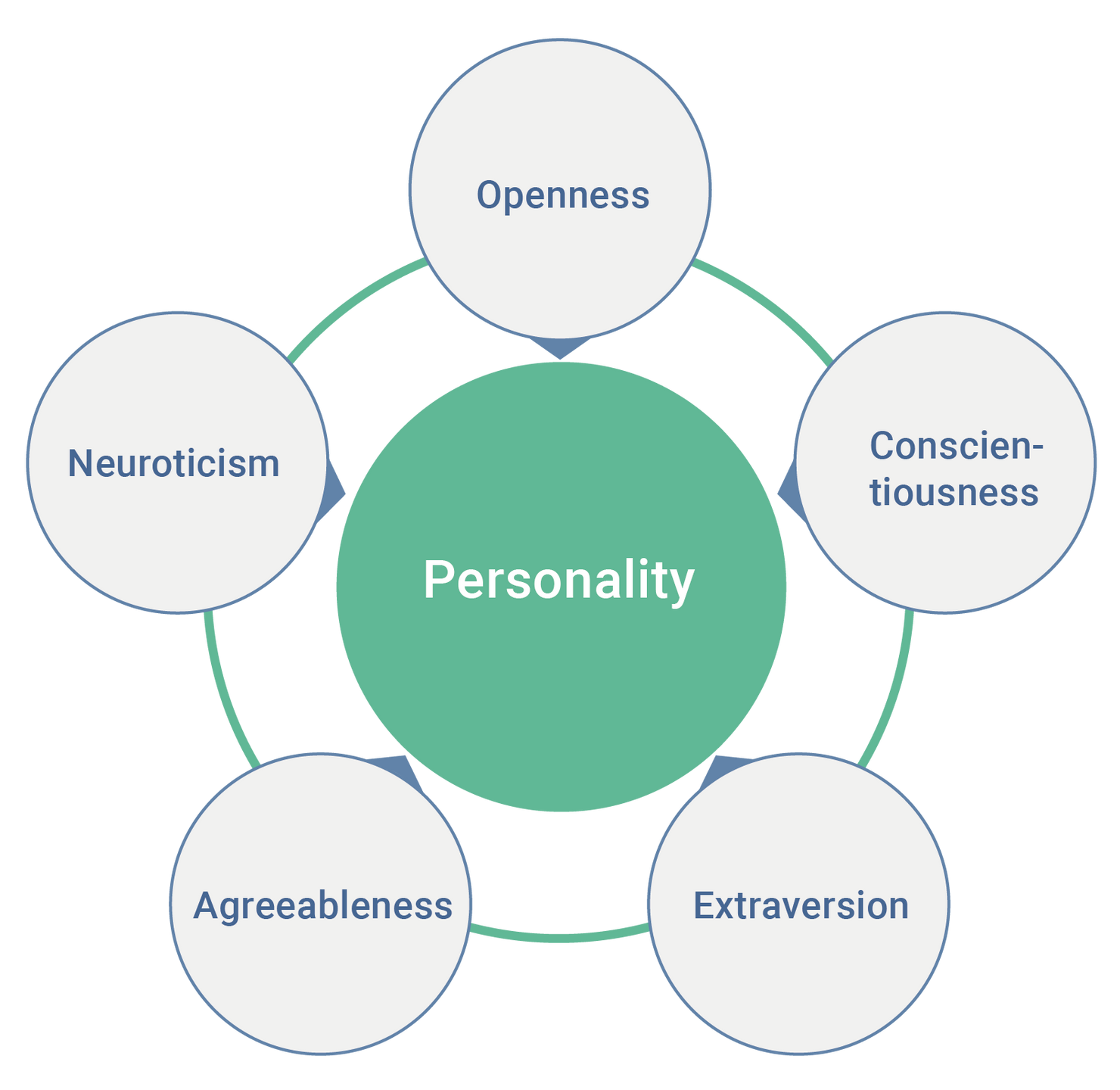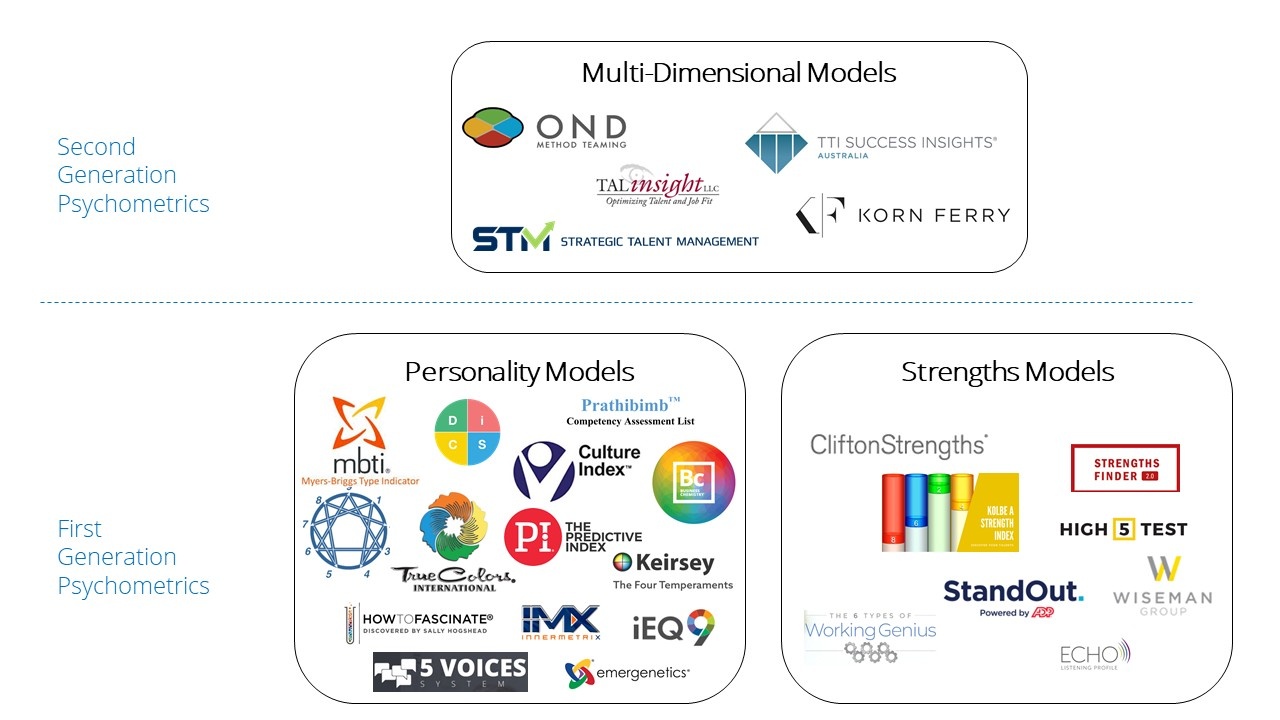
Making Sense of Psychometrics
We have personally explored psychometric tools for almost two decades. They are fascinating and open up lots of personal discovery. But when companies try to extend these behavioral personality models, they tend to make assumptions and stereotypes that simply aren't true.
The Internet has made assessments easy to create and distribute. Most are free, while some have a minimal cost.
Many assessments stay focused on a single aspect of human behavior, and when they do they can be highly accurate.
Almost every model out there is based on behavioral psychology. In other words, they are observing behaviors and cataloging those behaviors. Neuroscience has shown us the flaw in this approach because it has noted how the cognitive mind (neocortex) and emotional mind (limbic system) work together to direct behavior. It is necessary to look at all three dimensions to measure human intellect and apply it.
Here are the most significant advances in the 100-year history of psychometric profiling.
DISC
This is perhaps the most popular personality profiling system today because it is easy to create your own version and there is no copyright protection around DISC. William Moulton Marston created DISC in the 1920's as a model to explore human sexuality. Dominance, Inducement, Submission, and Compliance where four traits he observed as people expressed themselves sexually. Walter Clark picked up this work in the 1940's and created the first personality profiling assessment. Since then, numerous organizations have created their own version of the DISC.
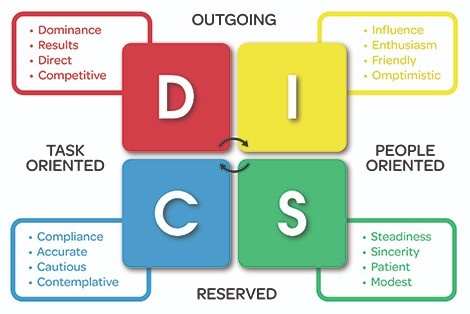
MBTI
Carl Jung first explored these four traits in the 1920's. Catherine Briggs picked up this work and was interested in understanding different personalities/temperaments. Her daughter Isabel Briggs Myers wanted people to understand each other better so that they could work better together and live with less conflict. She created the sixteen personality types we know today and first published an assessment in 1962.

Enneagram
Many claim this personality model goes back to mystical ancient roots. Regardless, the modern version was popularized in the 1950's by Bolivian psycho-spiritual teacher Oscar Ichazo. Several people have developed their own theories and Enneagram models, with The Enneagram Institute being the most popular today. We believe Ichazo correctly captured the nine personality types in the world, but we disagree with a lot of the ways others have added to these.
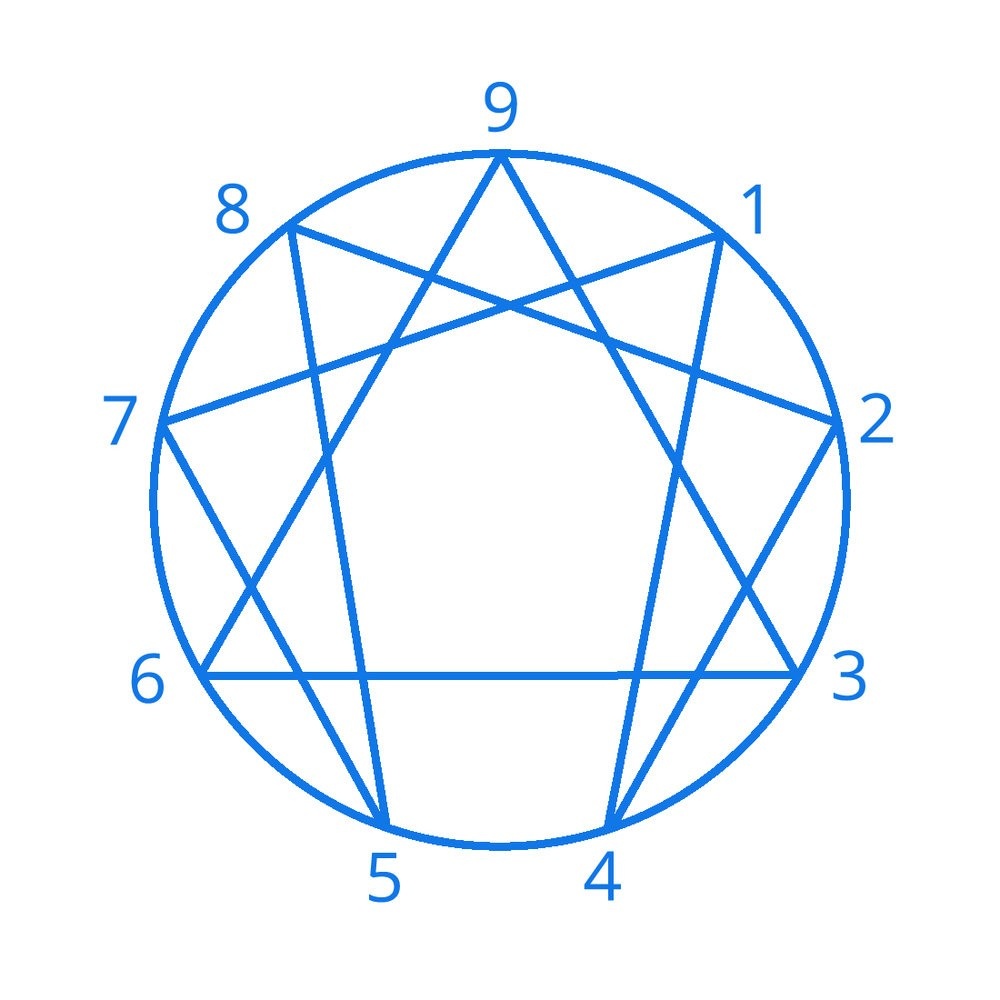
Strengths Finder
Don Clifton took a different approach than the personality models. Starting in the 1950's when he was teaching and researching psychology, he wanted to flip the conversation. Instead of focusing on what was wrong with people, he wanted to talk about what was good about people. This led him to inventory 34 "strengths" and develop an assessment to rank these in people. He primarily applied this to companies who wanted to improve employee selection. This work merged with Gallup in 1988, and has since been integrated it into their data platform for HR departments.
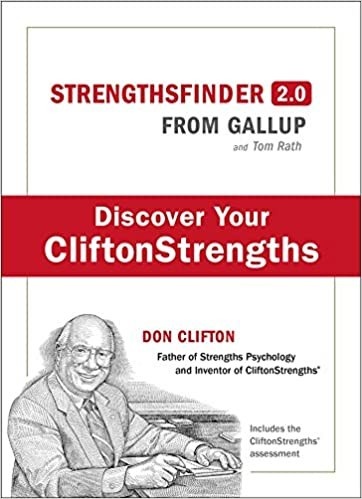
Big 5 Personality Traits
The psychology world has turned its focus to measuring traits instead of profiling people. This has led to their focus on what is known as the Big 5. There are actually more than sixty traits cataloged in the model. If you take this assessment, they will measure every trait and then group these into the Big 5. Each individual trait tells us something useful about a person. But when 60+ traits are grouped together into the "Big 5", this model falls into the same trap as the others. They make generalizations and assumptions that simply are not helpful.
